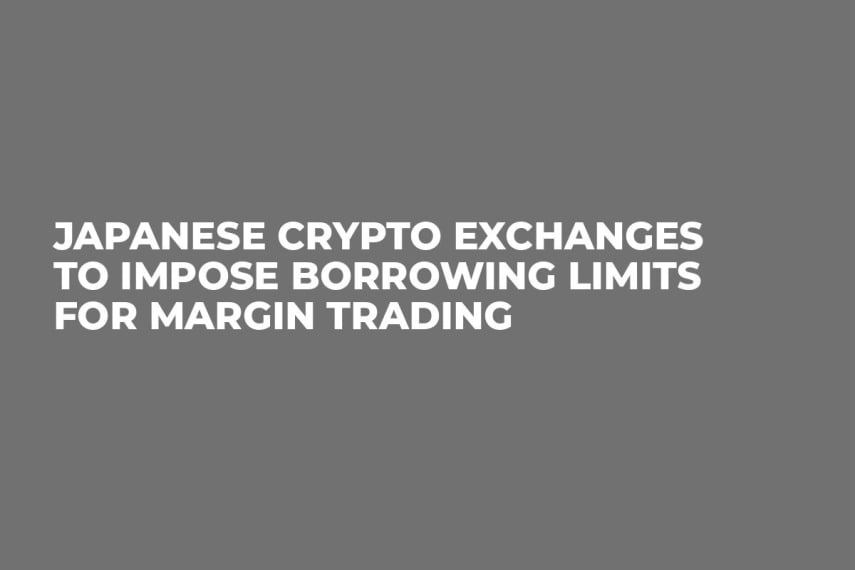
According to a report from Jiji Press on Tuesday, the Japan Virtual Currency Exchange Association (JVCEA) has decided to reduce the borrowing power of local traders who engage in margin trading. From now on, the amount of leverage provided by an exchange cannot exceed 1:4.
What is margin trading?
Margin trading presupposes taking a loan from your broker that gives you an ability to leverage your funds and take advantage of the tight movements in the markets. The amount of money that you can borrow depends on the leverage ratio, which is usually relatively small due to the high volatility of crypto assets. Basically, you can control a large sum of crypto with very little of own investments.
The purpose of new limitations
According to the statistical data provided by the Japanese FSA, the share of margin trading exceeds 90 percent of the total trading volume. The JVCEA states that the newly imposed restrictions are supposed to protect Japanese traders since local exchanges do not determine how much money investors can borrow for leverage trading. Investors without an extensive experience in margin trading can suffer from big financial losses.
The association does not plan to immediately get investors by their throats significantly reducing the amount of leverage (that would obviously lead to their massive exodus). Instead, the JVCEA will give exchanges the right to decide what limits they would like to set.
Self-regulatory efforts
The JVCEA consists of major crypto exchanges that strive to ensure the safety and stability of the trading market by prioritizing full regulatory compliance. While the implementation of aforementioned limitations is only a form of self-regulation, the association actually plans to take a step forward and get FSA’s approval for their widespread adoption. In the future, many other exchanges that allow margin trading (including such big names as Bitfinex, Huobi and Kraken) may follow suit and come up with similar restrictions.
 Dan Burgin
Dan Burgin Vladislav Sopov
Vladislav Sopov U.Today Editorial Team
U.Today Editorial Team